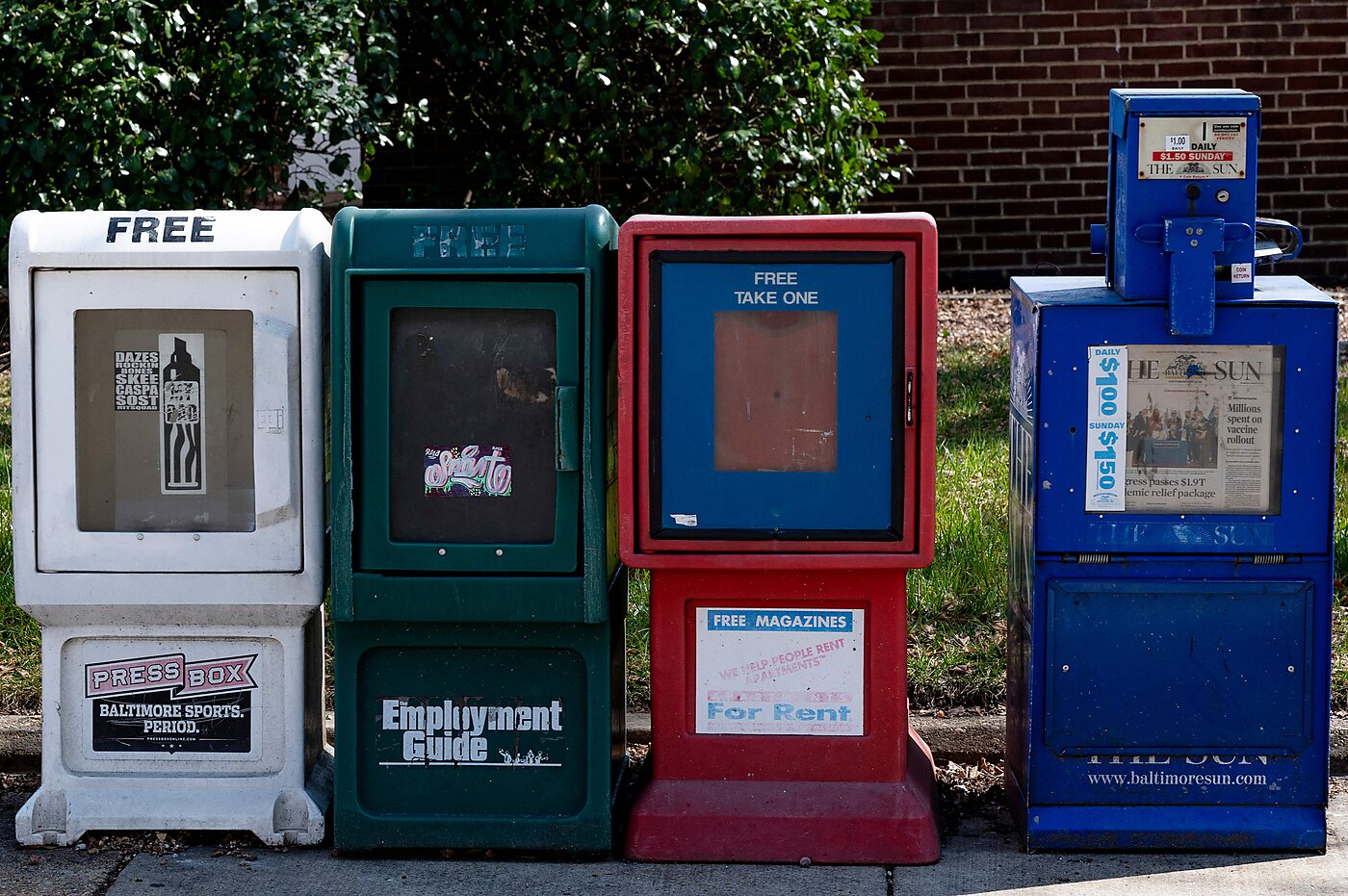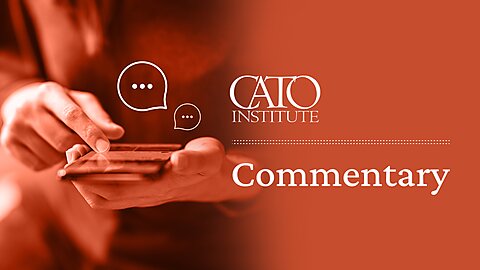
Two bills in the California State Legislature propose to transfer wealth from social media companies to local news providers. Although the rhetoric behind these bills sounds worthy, their ultimate effect will be to lower the barrier between the state and a free press envisioned in the First Amendment to the US Constitution.
The narrative underlying these bills is well known to media consumers: internet behemoths have sucked the life out of local journalism, depriving residents of information about local governments and community organizations. By taxing firms like Google and Meta and distributing the proceeds to local media, legislators propose to counter this trend.
A big question that such a policy raises is that of which organizations should receive the proceeds. If elected officials and bureaucrats can pick and choose which newspapers and broadcasters to subsidize, they can reward sympathetic journalists. Those not receiving funds at first may change their coverage to favor politically preferred interests to obtain future funding.
To his credit, the author of California’s newest journalism bill, SB 1327, has attempted to make the subsidies formula‐based, constraining the ability of state officials to pick favorites. But the complicated eligibility criteria leave the door open to discretion.
SB 1327 would offer tax credits to local media companies and grants to non‐profit media concerns to the extent that they provide “qualified services,” which are defined as “gathering, preparing, recording, directing the recording of, producing, collecting, photographing, writing, editing, reporting, presenting, or publishing original local community news for dissemination to the local community.”
Although the legislation contains an extended definition of a “local community,” it does not provide a definition of “news.” That omission is especially critical today when journalists have largely abandoned the twentieth‐century goal of objective reporting in favor of mixing fact and opinion. As professors at the Walter Cronkite School of Journalism recently observed:
Newsroom leaders are confronting a generation of increasingly diverse young journalists struggling to reconcile traditional news standards with their concepts of “cultural context,” “identity,” “point of view,” and “advocacy journalism.”
If journalists do not even agree among themselves about the distinction between news and opinion, why should we assume California officials will separate the two in a disinterested way? Or would websites covering local events from a liberal perspective receive tax credits and grants while those applying a conservative perspective be denied?
Confidence in the state’s ability to carry out a local news tax credit and grant program in a neutral manner might be undermined by a review of how California’s attorney general executes the task of naming and summarizing ballot measures. As CalMatters explains:
California election law requires those descriptions and labels to be “true and impartial” and “neither be an argument, nor be likely to create prejudice, for or against the proposed measure.”
But:
[E]ditorials from the Los Angeles Times, the San Francisco Chronicle and the San Jose Mercury News have alternately accused (former California Attorney General Xavier) Becerra of “playing favorites,” “skewing the language” of the ballot and “(t)ricking the electorate.”
While many of us in older generations harbor positive recollections of local newspapers and mourn their demise, technological advances have created new models for covering community happenings. As I observed recently, YouTubers have provided exhaustive coverage of political corruption in the Chicago suburb of Dolton, Illinois.

Similarly, my Cato colleague Paul Matzko noted that TikTok creators offered informed perspectives on the East Palestine, Ohio train derailment while local media “regurgitated corporate press releases and government statements.”
Today, anyone with a smartphone can create and upload video content and make it widely available. Blogging sites like WordPress and Substack make it easy for journalists to directly reach the public: costly printing presses are no longer needed. One academic analysis found that, in recent years, one local new digital news provider has been opening for each local newspaper that closes.
So rather than redirect funds to legacy media outlets, state lawmakers might instead consider allowing private actors to get on with the business of sharing neighborhood news without state intervention.






















